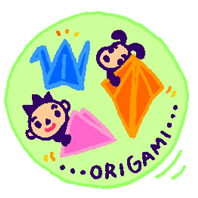 Origami
Overview
Origami
Overview
Airplane ![]()
Crane ![]()
Soldier's helmet ![]()
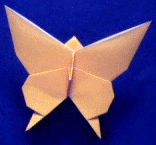 Origami
is a traditional Japanese pastime where a single square of paper is folded in
different ways to create shapes like cute animals and beautiful plants. Since
it only takes a sheet of paper, the hobby can easily be enjoyed anywhere; many
people in Japan enjoy it at home and at school. The best known origami shape,
which many children learn from their parents or grandparents, is the crane. Other
shapes include flowers, butterflies, crabs, and even difficult creations like
Christmas trees. Origami is especially popular among girls.
Origami
is a traditional Japanese pastime where a single square of paper is folded in
different ways to create shapes like cute animals and beautiful plants. Since
it only takes a sheet of paper, the hobby can easily be enjoyed anywhere; many
people in Japan enjoy it at home and at school. The best known origami shape,
which many children learn from their parents or grandparents, is the crane. Other
shapes include flowers, butterflies, crabs, and even difficult creations like
Christmas trees. Origami is especially popular among girls.
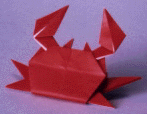 The
practice of origami began in the early 700s, when paper was first introduced to
Japan. At first paper was folded to make decorations for use in religious ceremonies
at shrines, but gradually people came to use it in their regular lives as well.
During the Heian period (794-1185), it was popular to fold valuable paper and
use it to beautifully wrap letters and presents. Later, origami continued to be
used in traditional ceremonies, but the women of the imperial court began to fold
dolls and other shapes for their amusement.
The
practice of origami began in the early 700s, when paper was first introduced to
Japan. At first paper was folded to make decorations for use in religious ceremonies
at shrines, but gradually people came to use it in their regular lives as well.
During the Heian period (794-1185), it was popular to fold valuable paper and
use it to beautifully wrap letters and presents. Later, origami continued to be
used in traditional ceremonies, but the women of the imperial court began to fold
dolls and other shapes for their amusement.
In the Edo period (1603-1868) people thought up different kinds of origami involving cutting and layering of paper, and the activity grew popular among the common people of Japan. Later, in the Meiji era (1868-1912), origami came to be taught at elementary schools. Students continue to study origami at school to this day; it is used to teach concepts in geometry, such as the relationship between a plane and a solid shape.
Origami is rapidly becoming more popular in countries throughout the world. Some associations of origami lovers are Origami USA and the British Origami Society.
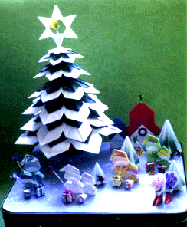
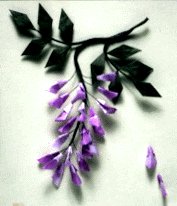
Photos courtesy of Nippon Origami Association.